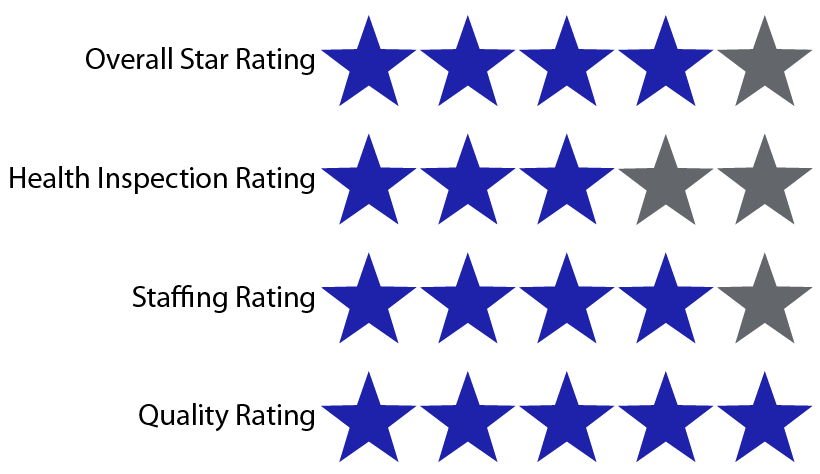The Neighborhoods at Brookview
The key quality measures below have been chosen by Federal and state agencies as measurements of high quality long-term care. To see how The Neighborhoods at Brookview compares in other dimensions, please visit the Care Compare website.

Star Ratings for The Neighborhoods (data from January 2024 report)
Measures from Care Compare
The information below shows quality of resident care at The Neighborhoods at Brookview compared to state and national averages. Care Compare uses these measures to show how often nursing homes provide care that research shows gets the best results for residents. More information on The Neighborhoods and other nursing homes can be found on the Care Compare website. Data from July, 2022 - June, 2023.

